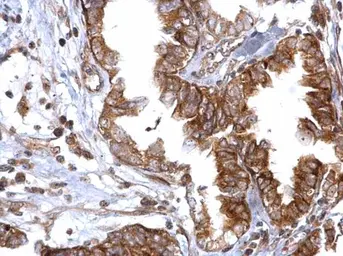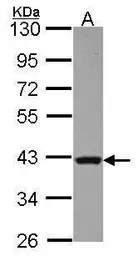Rad51 antibody
Cat. No. GTX118249
Cat. No. GTX118249
-
HostRabbit
-
ClonalityPolyclonal
-
IsotypeIgG
-
ApplicationsWB IHC-P IHC-Fr IP
-
ReactivityHuman, Rat







